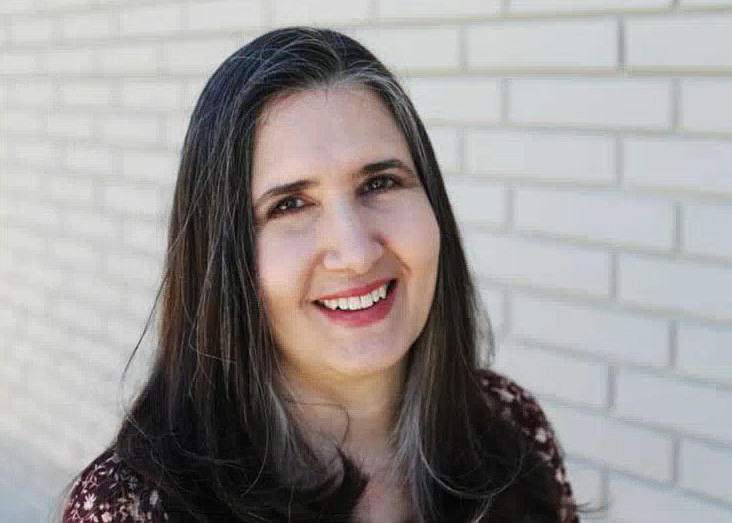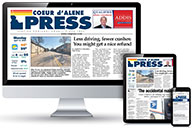School levy FAQs
|
February 28, 2023 1:00 AM
March 14 is a big day for North Idaho school districts. In an area experiencing such radical growth as Kootenai County, classrooms are bursting with students. Funds tend to fall short of what’s needed to support them...
Become a Subscriber!
You have read all of your free articles this month. Select a plan below to start your subscription today.
Already a subscriber? Login




